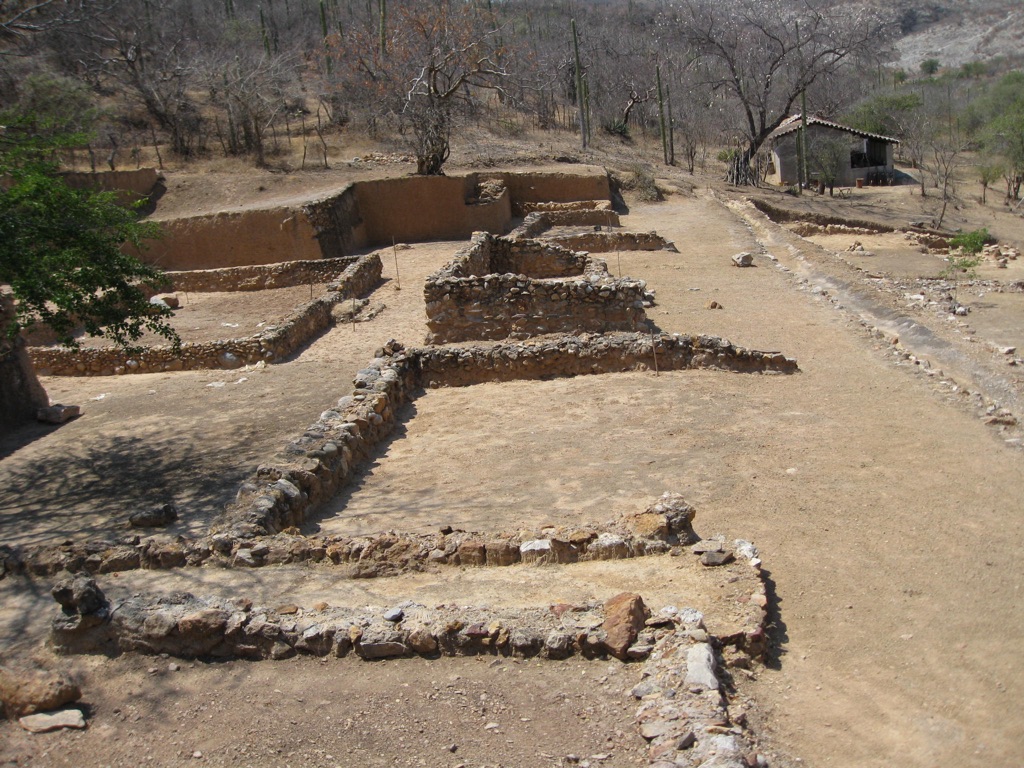Teopantecuanitlan is a fascinating archaeological site with deep cultural significance. Located in the Guerrero state of Mexico, this hidden treasure reveals the complexities of Mesoamerican history. Researchers believe it once served as an important ceremonial center. Evidence points to its influence in the region long before the rise of prominent civilizations like the Aztecs and the Maya. Remarkable for its unique stone sculptures and building layouts, Teopantecuanitlan provides an eye-opening glimpse into ancient religious practices and social structures. Though less known, it is an essential piece of the cultural jigsaw that composes Mexico’s rich heritage.
Historical Places
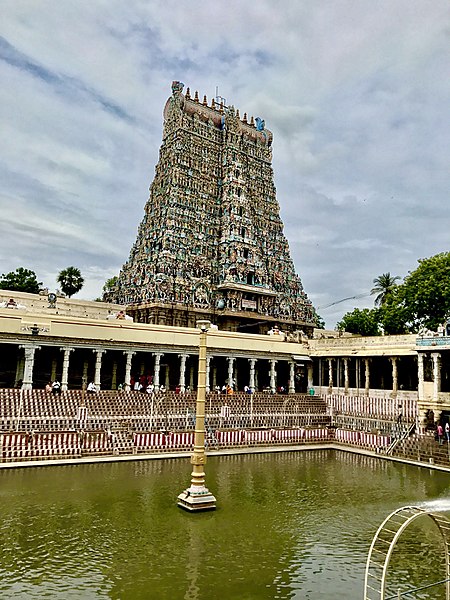
Meenakshi Amman Temple
The Meenakshi Amman Temple is not just a place of worship; it is a grand symbol of Indian architecture and spirituality, captivating visitors with its intricate carvings and towering gopurams (gateway towers). Nestled in the heart of Madurai, Tamil Nadu, this historic Hindu temple is dedicated to Goddess Meenakshi, a form of Parvati, and her consort, Lord Sundareshwar, a form of Shiva. The temple’s sprawling complex is a labyrinth of sacred halls, shrines, and water bodies, showcasing a rich tapestry of myths and legends. Each stone and sculpture tells a story, creating a profound narrative that is woven into the very fabric of Indian culture.
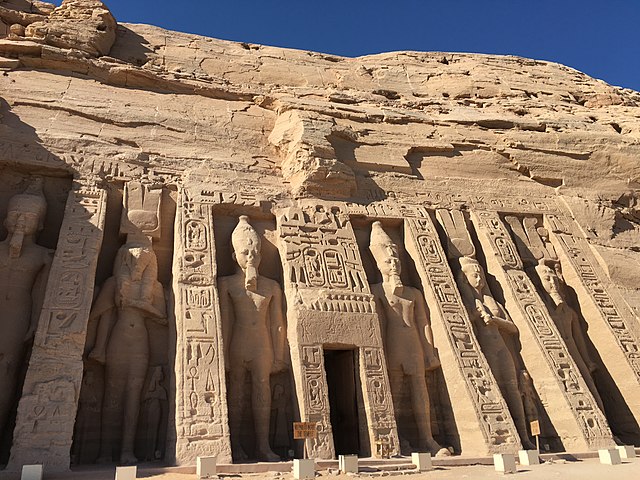
Abu Simbel Temples
The Abu Simbel temples, carved from solid rock in southern Egypt’s ancient times, stand as an awe-inspiring testament to pharaonic grandeur. Constructed during the reign of Pharaoh Ramses II, these colossal structures were not only intended to demonstrate his power but also to revere the gods. The temples’ intricate designs, with massive statues guarding their entrances, continue to draw visitors worldwide, captivated by their ancient splendor and the technical ingenuity of their creators.
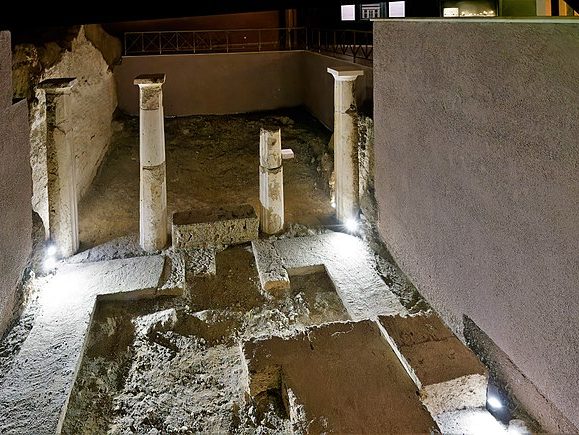
Palace of Aigai
Nestled in the rolling hills of Northern Greece, the Palace of Aigai stands as a testament to ancient splendor. This archaeological marvel once served as the royal residence of the Macedonian dynasty. Its breathtaking ruins whisper tales of Philip II, father of Alexander the Great. Visitors walk the austere halls where these historic figures once roamed. The palace’s expansive structure showcases intricate floor mosaics and majestic columns. These elements shed light on the architectural mastery of the era. The site serves as a beacon for scholars and history enthusiasts alike. It offers a vivid window into Macedonia’s powerful past.
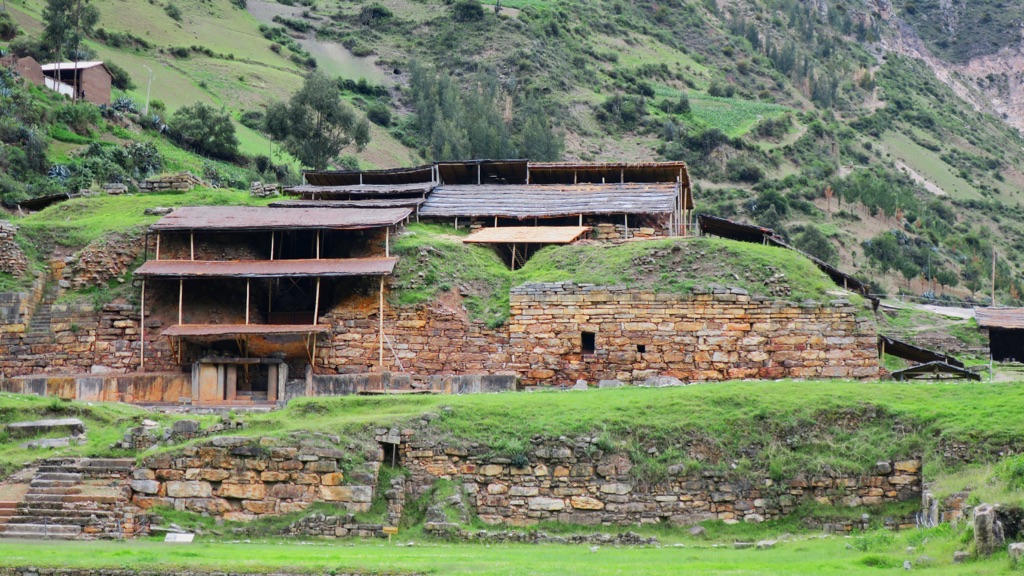
Chavin de Huantar
Chavin de Huantar is a marvel of ancient engineering and religious significance. This pre-Columbian archaeological site, nestled in the Peruvian Andes, captures the essence of the Chavin culture. It thrived around 900 BCE and is a testament to their advanced societal structures. Visitors to the site can explore an extensive network of stone-built temples and plazas. Intricate carvings and monoliths reflect the Chavin’s spiritual beliefs. They also showcase their artistic prowess. The Old Temple, with its unique Lanzon monolith, offers a glimpse into ancient religious practices.
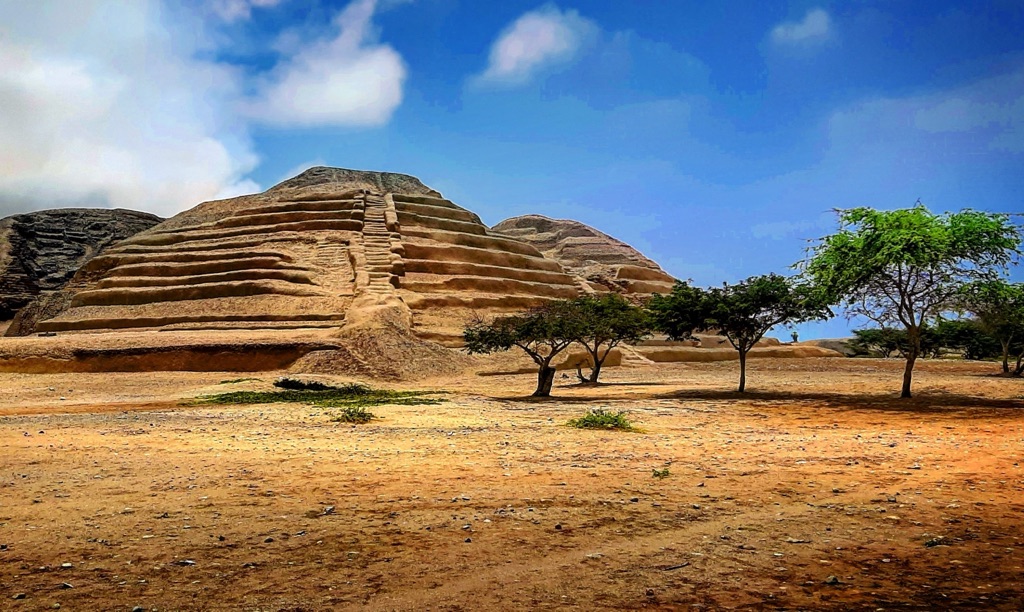
Huaca Toledo
Located in the verdant valleys of Peru, Huaca Toledo stands as a testament to the rich cultural history of the pre-Inca civilisations. This ancient site is more than just a mound of earth; it is a symbol of enduring craftsmanship and social organisation. At Huaca Toledo, visitors can observe the meticulous stonework and appreciate the complexity of the ceremonial center, which narrates the story of a civilisation that thrived here long ago. This majestic relic captivates archaeologists and travellers alike with its monumental structure and the unsolved mysteries it holds within its confines.

